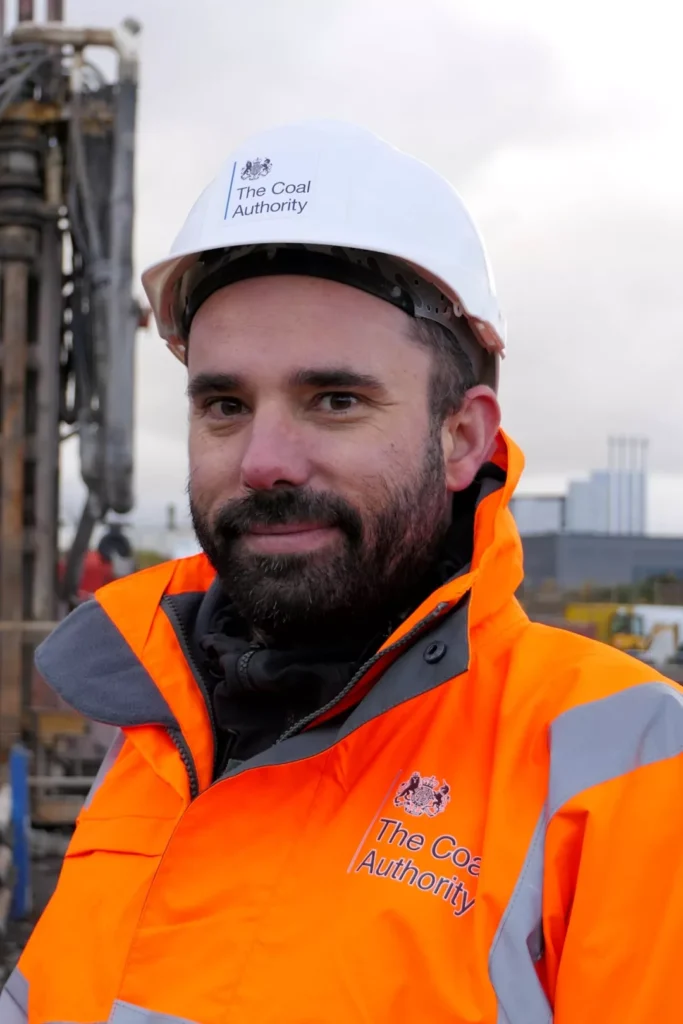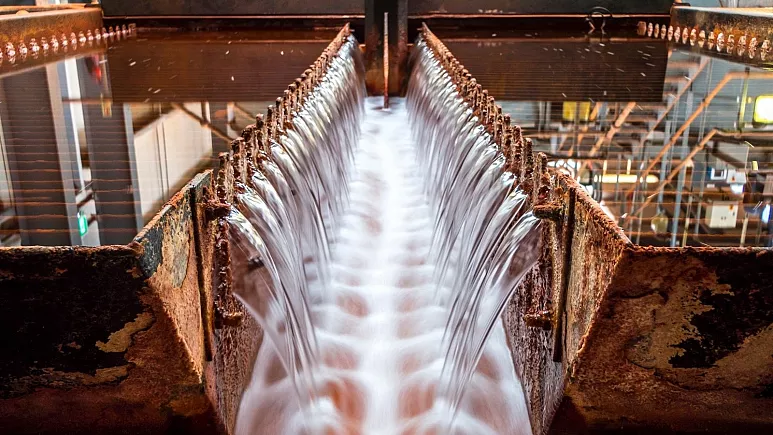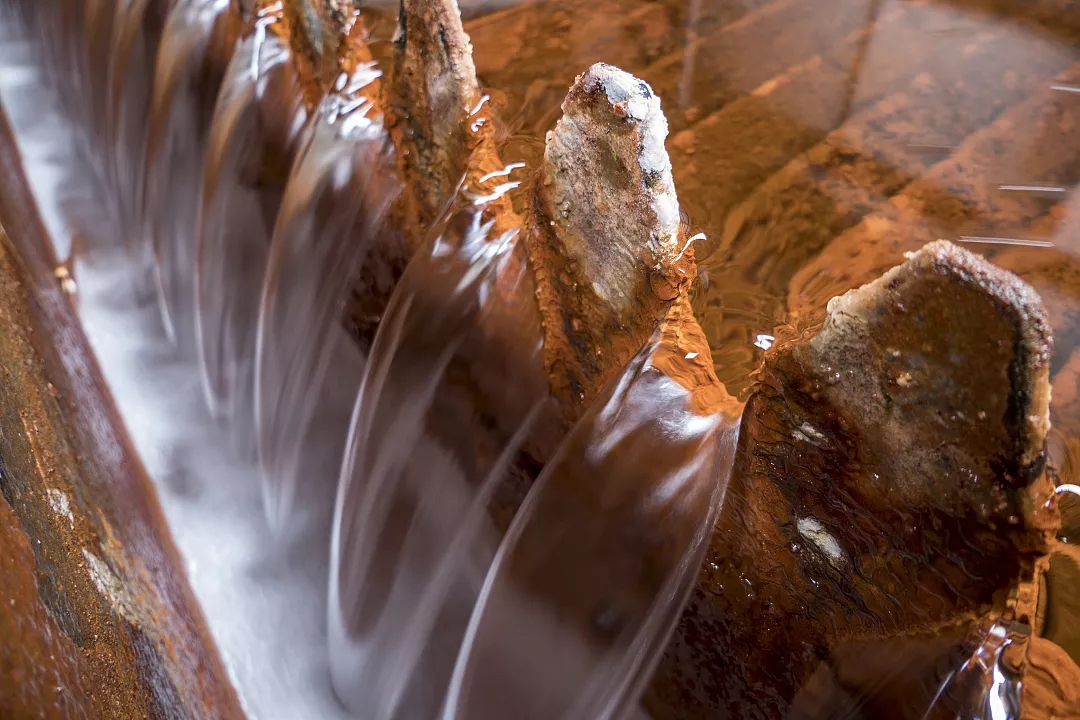There is a kind of poetry in the way the UK is breathing new life into its old coal mines. What was once the symbol of a polluting industry is now fueling a transition to a greener future: hot water, heated by the earth itself and trapped in these abandoned tunnels, is becoming the lifeblood for a new type of heating domestic and industrial.
The revival of abandoned coal mines
If there's one thing the UK has in spades it's abandoned coal mines (see for yourself with this interactive map). But who would have thought that these "underground cathedrals" could become the fulcrum of a (beautiful) energy stunt? TO Gateshead, a town in north-east England, the ancient network of mining tunnels has been transformed into a renewable energy source.
Water in coal mines is not just a stagnant pool. It is a thermal treasure heated by the earth, with temperatures ranging from 10 to 45 degrees Celsius depending on the depth. Gareth farr, head of thermal innovation and byproducts at Coal Authority, says the potential of this resource is immense. With approximately 2 billion cubic meters of hot water, there is enough energy to heat a significant portion of homes in the country.

How does the system work?
The process is surprisingly simple, yet ingenious. Water is extracted from the tunnels through boreholes and then passed through heat pumps. These compress the liquid, increasing its temperature. Once heated, the water is distributed through a network of pipes to heat buildings and homes. And the beauty of it all? The water can be fed back into the mining system to be reheated, creating a sustainable energy cycle.
The social impact
It's not just a question of environmental sustainability: this innovation also has a social impact. Communities that once depended on the coal industry and were hit hard by its closure are now seeing an economic resurgence. The project in Gateshead, for example, has received government funding to install 5km of new thermal network pipes and a heat pump energy center capable of producing 6 megawatts of heat from mine water.

And the prospects for scaling up the idea are good: the UK is not alone in exploiting this resource. Countries like the Netherlands and Spain are already using similar technologies. Already in 2008, for example, the Dutch city of Heerlen opened the world's first mineral water power plant, reducing carbon emissions from heating by nearly two-thirds.
When we think of mine, particularly those made of coal (the ones in splendid Sardinia come to mind), let's just imagine a dark and dusty past. They could also be the key to a cleaner, more sustainable energy future. Perhaps one day these ancient caves will be seen as little 21st century energy sanctuaries.
And now, dear readers, the ball is in your court. It's time to share the news, take action and support these initiatives for a greener and more sustainable future. Thank you all!


